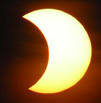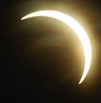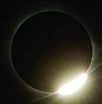THE MOON
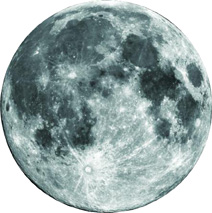
Apart from the Sun, the Earth's Moon is the largest object we can see in the sky. It is the closest object to us in the solar system, yet it is still about 240,000 miles (386,200 km) away!
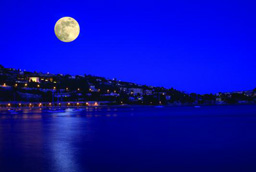 A view of the Moon from Earth.
A view of the Moon from Earth.
The Moon is covered in craters, which are large bowl-shaped holes in the surface of the Moon caused by collisions with objects such as meteorites.
As a satellite of the Earth, the Moon orbits the Earth once every 29.5 days, or about once a month. In a single month, we are able to see the Moon in many different phases.
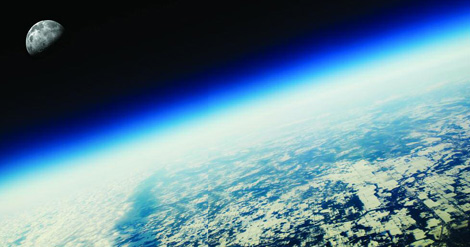 The Moon as it orbits the Earth.
The Moon as it orbits the Earth.
The phases of the Moon, called lunar phases, refer to how the Moon appears to people on Earth. Half of the Moon is always illuminated by the Sun. As the Moon orbits the Earth, however, we don't always see that entire half. At each phase, a different part of the Moon is visible.
Lunar Phases
In a waxing moon, the visible part of the Moon is getting larger. In a waning moon, the visible part of the Moon is getting smaller.
 New Moon
New Moon
 Waxing Crescent Moon
Waxing Crescent Moon
 First Quarter Moon
First Quarter Moon
 Waxing Gibbous Moon
Waxing Gibbous Moon
 Full Moon
Full Moon
 Waning Gibbous Moon
Waning Gibbous Moon
 Last Quarter Moon
Last Quarter Moon
 Waning Crescent Moon
Waning Crescent Moon
Have you ever had to move farther back at the beach because the water seemed to be coming closer and closer? What you experienced was the rising tide of the ocean.
Tides are caused by the gravitational pull of the Sun and Moon on the water, and are most affected by the Moon because it is so close to us. The points on Earth closest to and opposite the Moon experience high tides. The further you go from those points, the lower the tide.
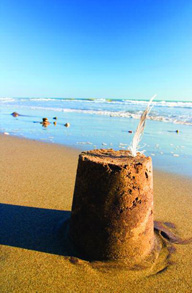 Low Tide
Low Tide
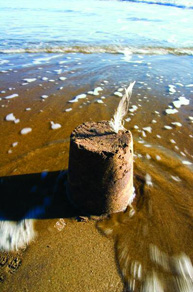 High Tide
High Tide
Before people understood how the solar system worked, they were terrified of eclipses! People thought that an eclipse was a sign of bad luck or evil. We now know that an eclipse is the blocking of the light of one celestial body, such as the Sun or the Moon, by another celestial body. The eclipses we see on Earth always involve the Moon.
In a lunar eclipse, the light of the Moon is blocked by some part of the Earth's shadow. In a solar eclipse, the Moon blocks the Earth's view of the Sun. If the Sun or Moon becomes totally invisible, it is called a total eclipse. This is the rarest kind. Most eclipses leave some of the Sun or Moon visible. They are called partial eclipses.
Lunar Eclipse
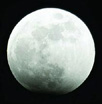
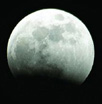
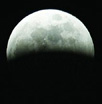
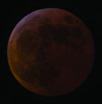
Solar Eclipse
